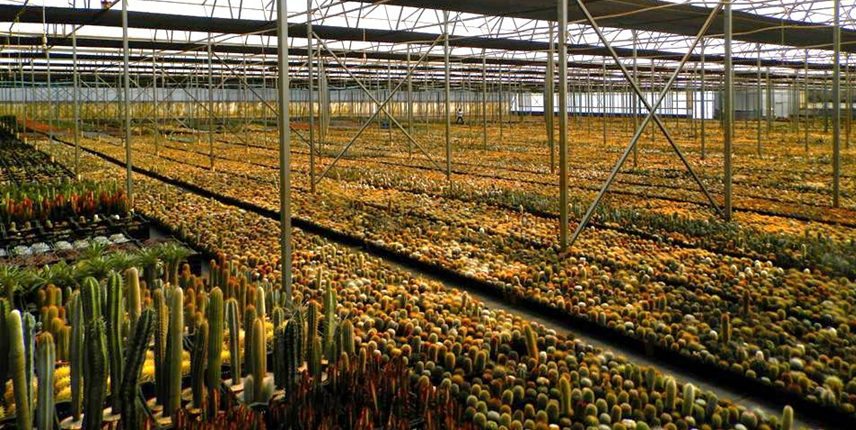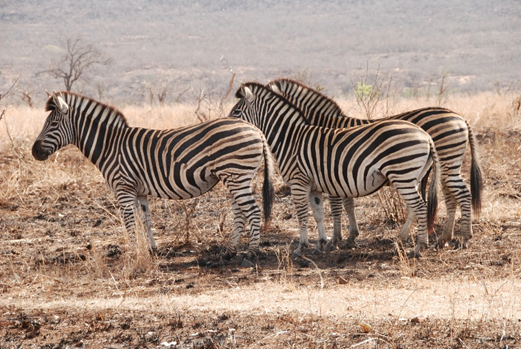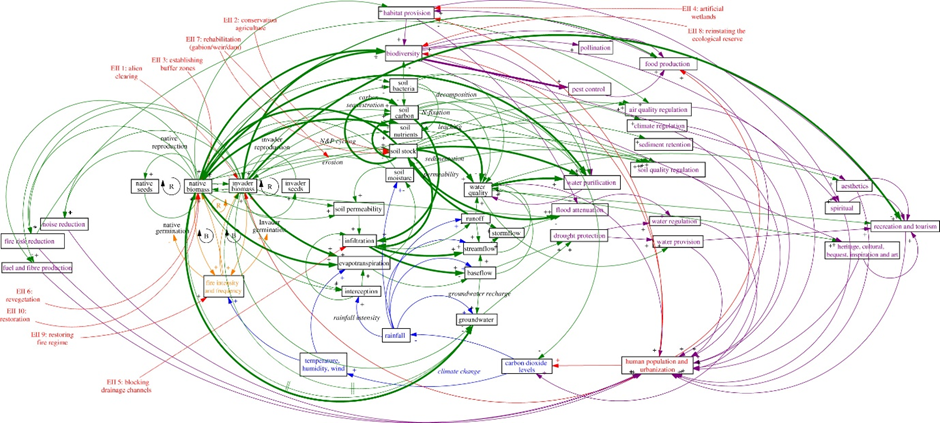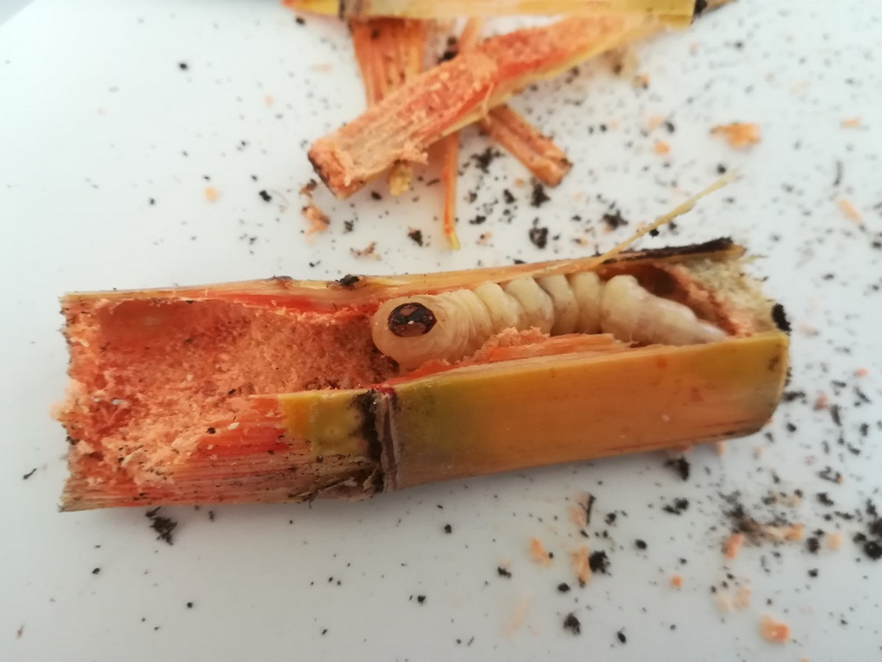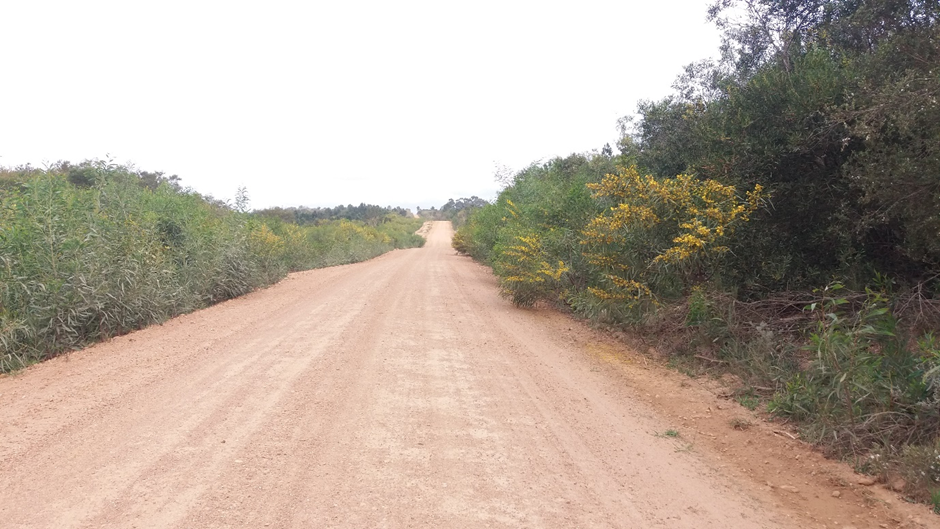Genome size does not predict invasiveness in Cactaceae
A recent study provides a large number of genome size estimates for species within the cactus family (Cactaceae), offering great opportunities for studying the evolution of genome size in this family. The study, which was published in Biological Invasions, has been carried out at the University of Coimbra (Portugal), with the collaboration of C·I·B Director David Richardson and former C·I·B post-doc Ana Novoa.

